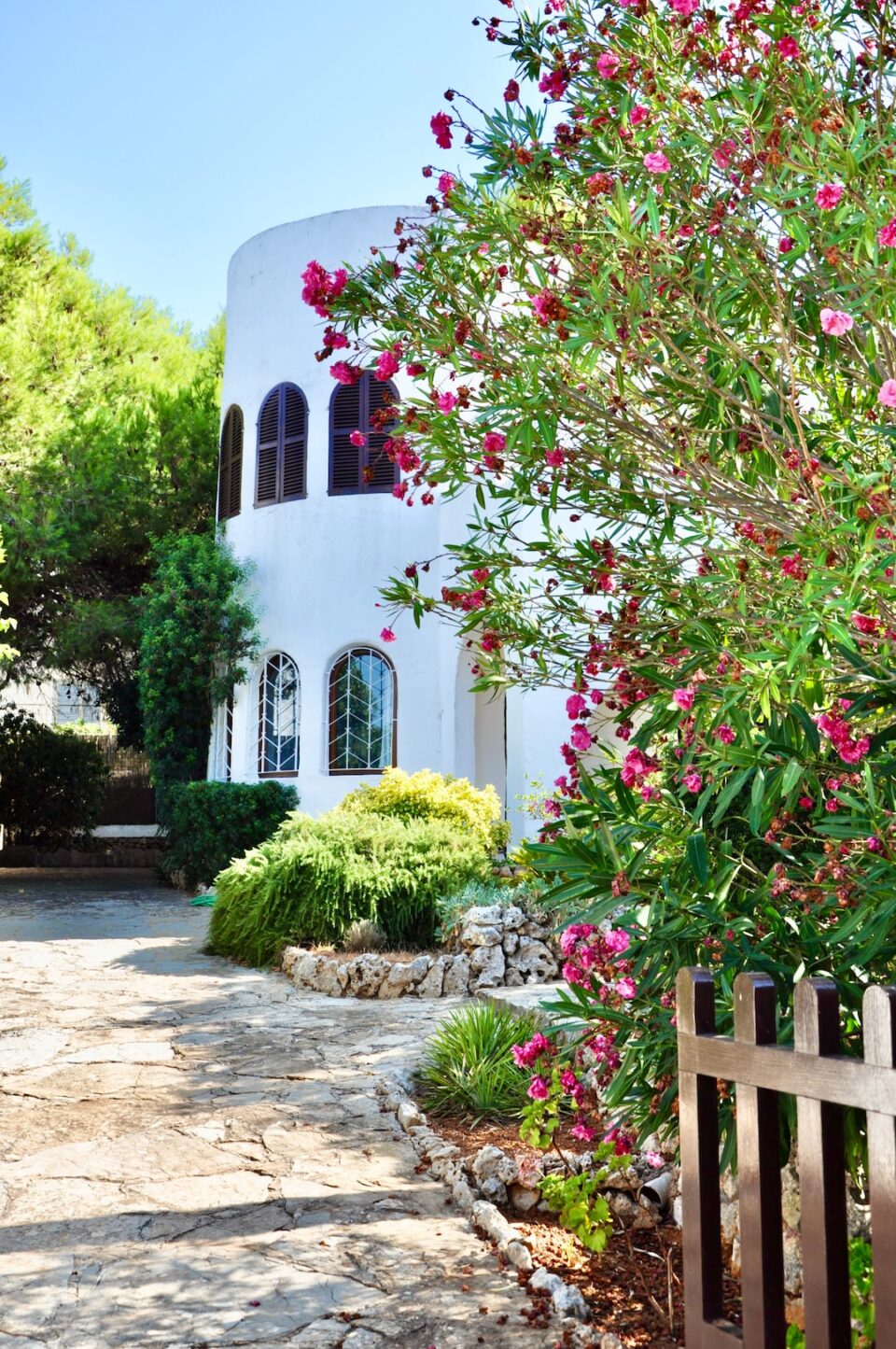Choosing the Right Soil for Your Garden
When it comes to successful gardening, one of the most important factors to consider is the type of soil you will be using in your garden. The right soil will provide your plants with the necessary nutrients, support, and drainage they need to thrive. In this blog post, we will delve into the different types of soil and help you choose the right one for your garden.
1. Sandy Soil: If your garden has sandy soil, you have a well-draining soil type. Sandy soil has large particles and doesn’t retain moisture well. While this can be a challenge for some plants, there are many others that thrive in sandy soil. Some examples include succulents, lavender, and rosemary. To enhance water retention, you can add organic matter such as compost or peat moss to improve the soil structure.
2. Clay Soil: Clay soil, with its fine particles, has poor drainage and tends to retain water. This can be problematic as too much water can suffocate plant roots. However, clay soils are generally rich in nutrients. If you have clay soil, you can improve its structure by adding organic matter like compost and sand. This will help break up the clay and improve drainage. Also, planting raised beds can help overcome drainage issues in clay soil.
3. Loamy Soil: Considered the ideal soil type for gardening, loamy soil is a perfect balance between sand, silt, and clay. It has excellent water drainage, retains moisture, and provides ample nutrients for plant growth. Most plants will thrive in loamy soil due to its well-balanced characteristics. If you have loamy soil, consider yourself lucky as you won’t need to make many amendments. However, adding organic matter like compost will only enhance its fertility.
4. Peaty Soil: Peaty soil is characterized by high organic matter and is usually found in wet or boggy areas. It retains moisture well and is slightly acidic. While peaty soil is ideal for acid-loving plants like rhododendrons and azaleas, it can be challenging for plants that prefer well-drained soil. To overcome this, you can mix peaty soil with compost or sand to improve drainage.
5. Chalky Soil: Chalky soil has a pH level that is alkaline and is made up of fine particles. While this soil type may not retain moisture well, it does drain easily. Plants that thrive in chalky soil include lavender, clematis, and dianthus. If you have chalky soil, you can improve its drainage by adding organic matter like compost or well-rotted manure.
It’s important to note that most gardens have a combination of soil types. By understanding the soil composition of your garden, you can make informed decisions when selecting plants and improve the soil conditions for optimal plant growth.
In conclusion, understanding the different types of soil and their characteristics is crucial when it comes to successful gardening. Whether you have sandy, clay, loamy, peaty, or chalky soil, there are ways to improve its structure and fertility. Adding organic matter, such as compost, is a common approach to enhance soil quality. So, take the time to evaluate your soil and make the necessary adjustments, and you will be rewarded with a thriving and beautiful garden.

